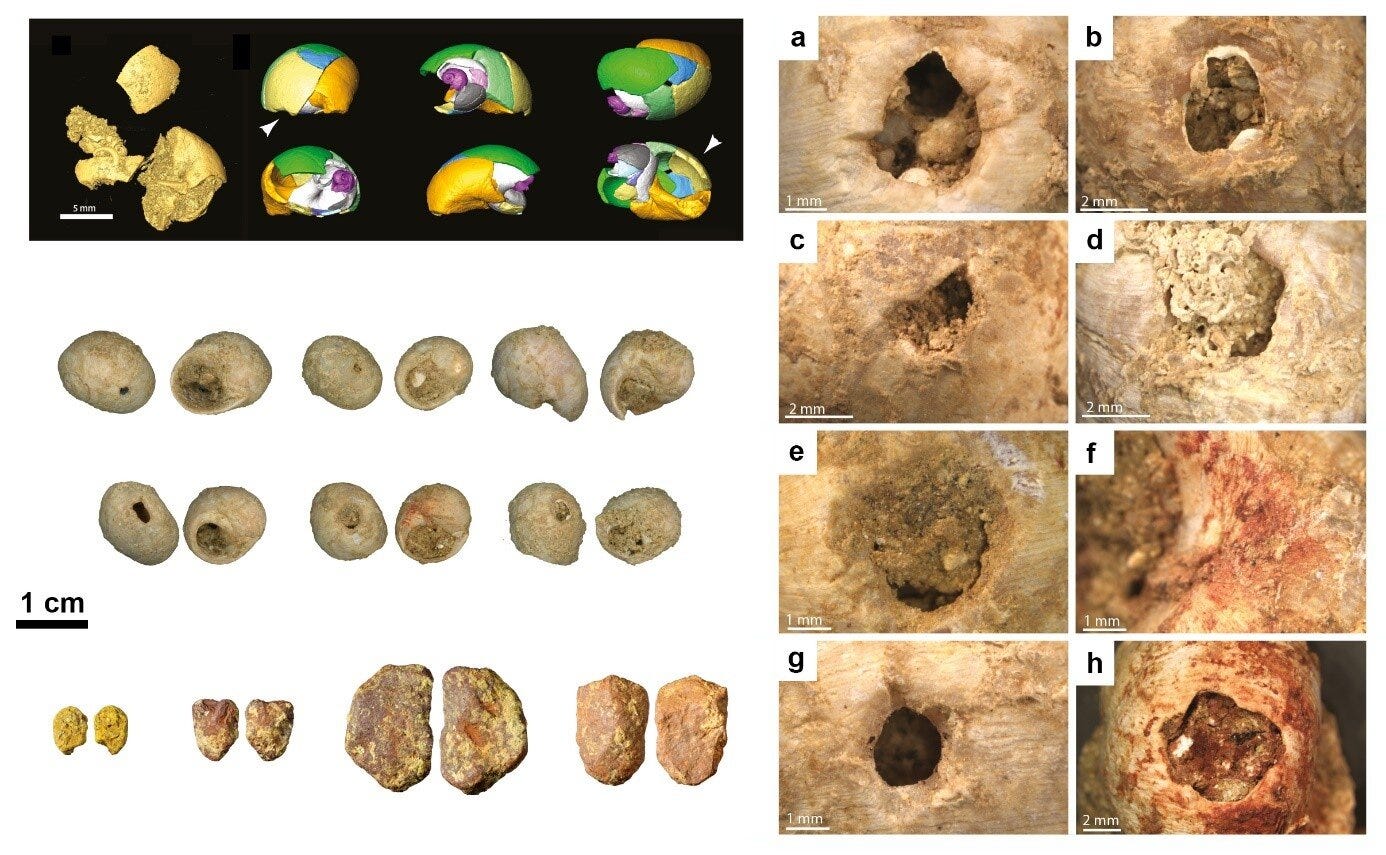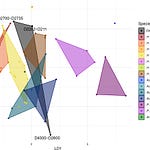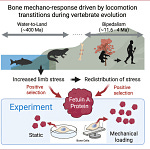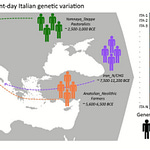A Workshop on the Edge of Two Worlds
At the cliffs of Saint-Césaire in western France, a small rock shelter called La Roche-à-Pierrot has yielded a new view of life at the end of the Middle Paleolithic. A recent study published in the Proceedings of the National Academy of Sciences1 describes a cache of perforated shells and pigments dating to at least 42,000 years ago—one of the oldest jewelry-making workshops yet found in Western Europe.

This assemblage belongs to the Châtelperronian, a cultural tradition perched between the worlds of late Neanderthals and incoming Homo sapiens. It places Saint-Césaire at the center of debates about identity, exchange, and symbolic expression during Europe’s Upper Paleolithic dawn.
“The absence of wear marks on some of the perforations and the presence of unpierced shells indicated that this was a genuine workshop for the manufacture of jewelry,” the authors write.










